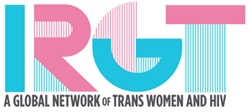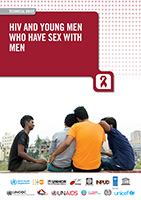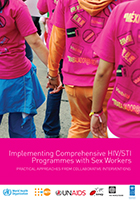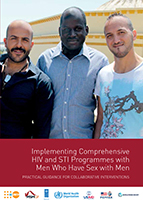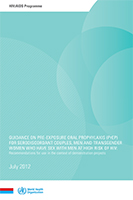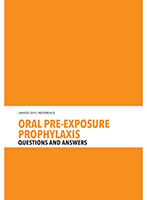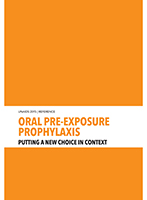
This technical brief is one in a series addressing four young key populations. It is intended for policy-makers, donors, service-planners, service-providers and community-led organizations. The brief aims to catalyse and inform discussions about how best to provide health services, programmes and support for young MSM. It offers a concise account of current knowledge concerning the HIV risk and vulnerability of young MSM; the barriers and constraints they face to appropriate services; examples of programmes that may work well in addressing their needs and rights; and approaches and considerations for providing services that both draw upon and build to the strengths, competencies and capacities of young MSM.
Year of publication:
2015
Media:
